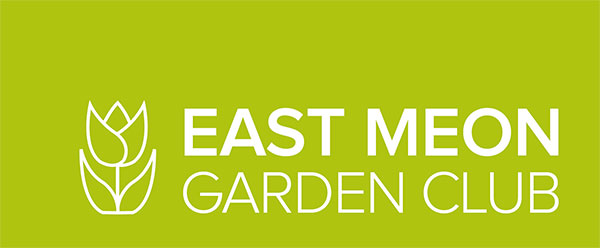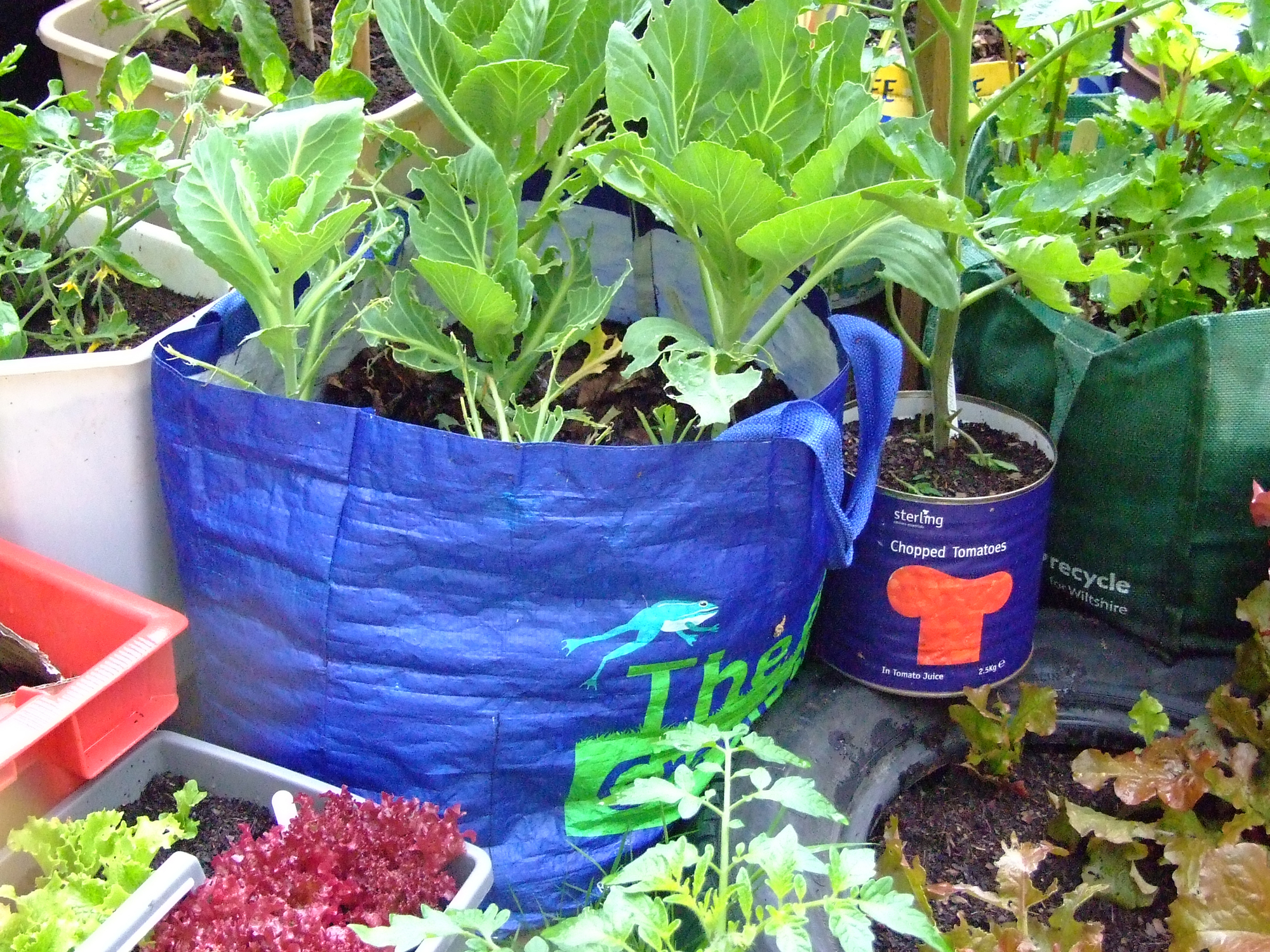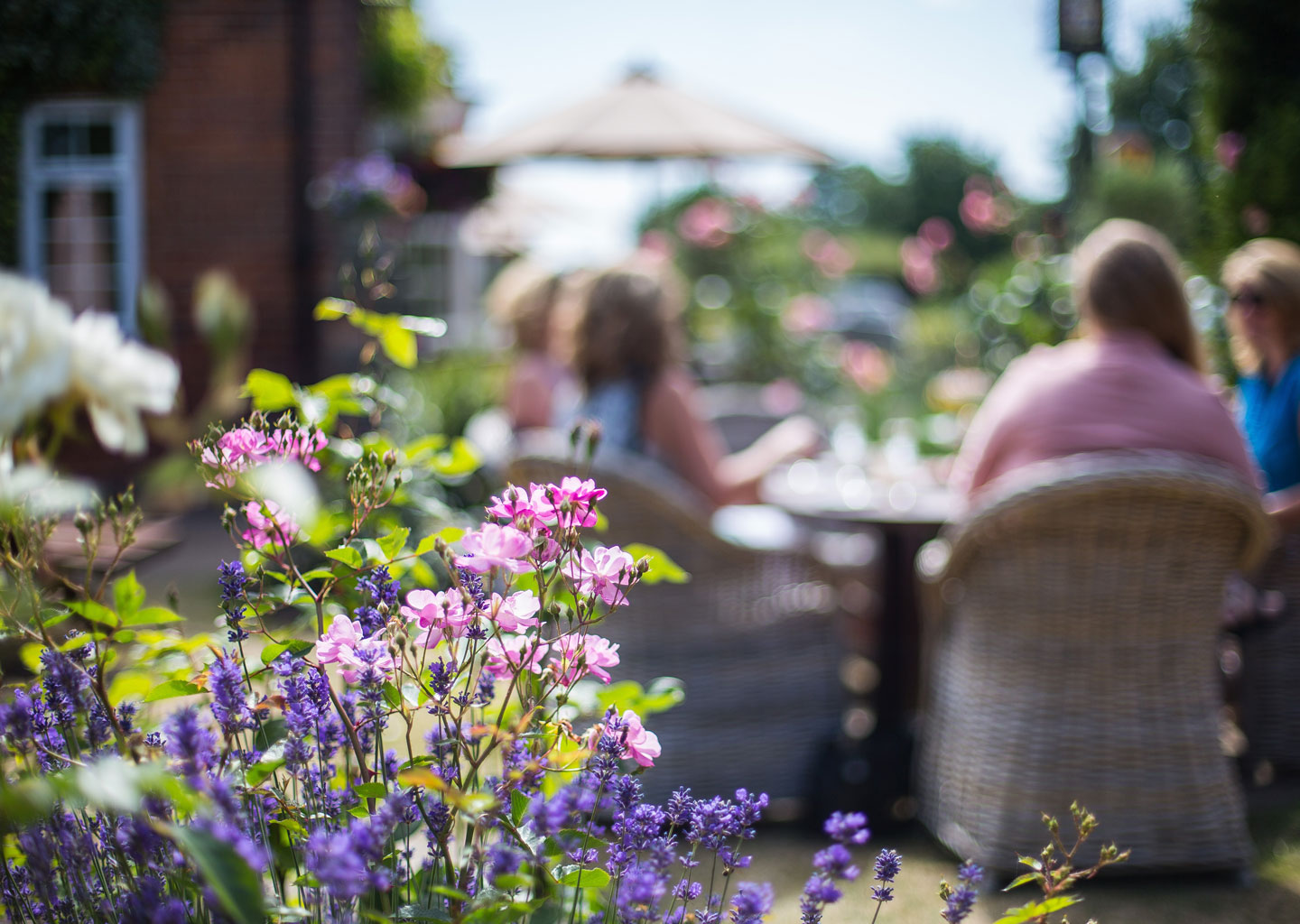

A talk 'Growing Vegetables in Small Gardens'
by Geoff Hawkins
Geoff began his talk with some colourful slides of vegetables on Supermarket shelves and then in assorted containers and asked...
Why?
Because they are fresh
How?
In easily and readily available containers such as 'Bags for Life', tins with holes drilled in the bottom and old car tyres.
Geoff explained the official size of an allotment which was traditionally measured in rods, perches or poles an old measurement dating back to Anglo-Saxon times. 10 poles is the accepted size of an allotment. A rod measuring approximately 5.5 yards, was used to control a team of oxen when working on the land and roughly the area that could be ploughed by Oxen in a day was one acre. Originally, plots were 10 square rods in size which was thought sufficient to produce enough vegetables to feed a family of four for one year.
Be Creative
Use recycled pots - guttering is good for growing lettuces in - Carrots are good in containers as carrot fly tend not to fly higher than 18â€.
For small gardens, divide into square feet, but this system wouldn't suit courgettes.
Where to Grow
Look carefully at the aspect of your garden North South and East to West - Hot/Cold/Wet/Dry.
Water-butts are essential, particular when growing crops in containers and pots.
Rotate Crops
The old question of whether to dig, or not to dig?
Digging opens up the soil, removes any 'pan' compacted soil, removes perennial weeds and allows water to penetrate.
Not digging - Improves soil from top down.
Earthworms aerate the soil without loss of structure
Soil improves and darkens
Beneficial to fauna and flora
Place organic matter on top
Use Green Manure - grow crops such as clovers, field beans, alfalfa, mustards, phacelia (wonderful for bees), lupins, buckwheat. These will add nitrogen to the soil.
NO, NO to rotavators, primarily if you have weeds such as bindweed, marestail and couch grass, the chopped up pieces will grow even more abundantly!
What to Grow - Quantities - What Varieties?
Look for AGM (Award of Garden Merit) on packets of Seeds.
F1 - Means there are 2 parents to give a specific offspring - ie resistant to Club Root.
The Heritage Seed Library - Their 2020 Seed List is now available online. You will need to become a member to take advantage of this.
Do have a compost heap
What Fertiliser?
The commonly used Growmore has limited beneficial effects
Recommended to use -Vitax Q4 primarily because it contains trace elements.
Fish, Blood and Bone.
If you are unsure of what soil you are working with, it is always wise to do a soil test.

